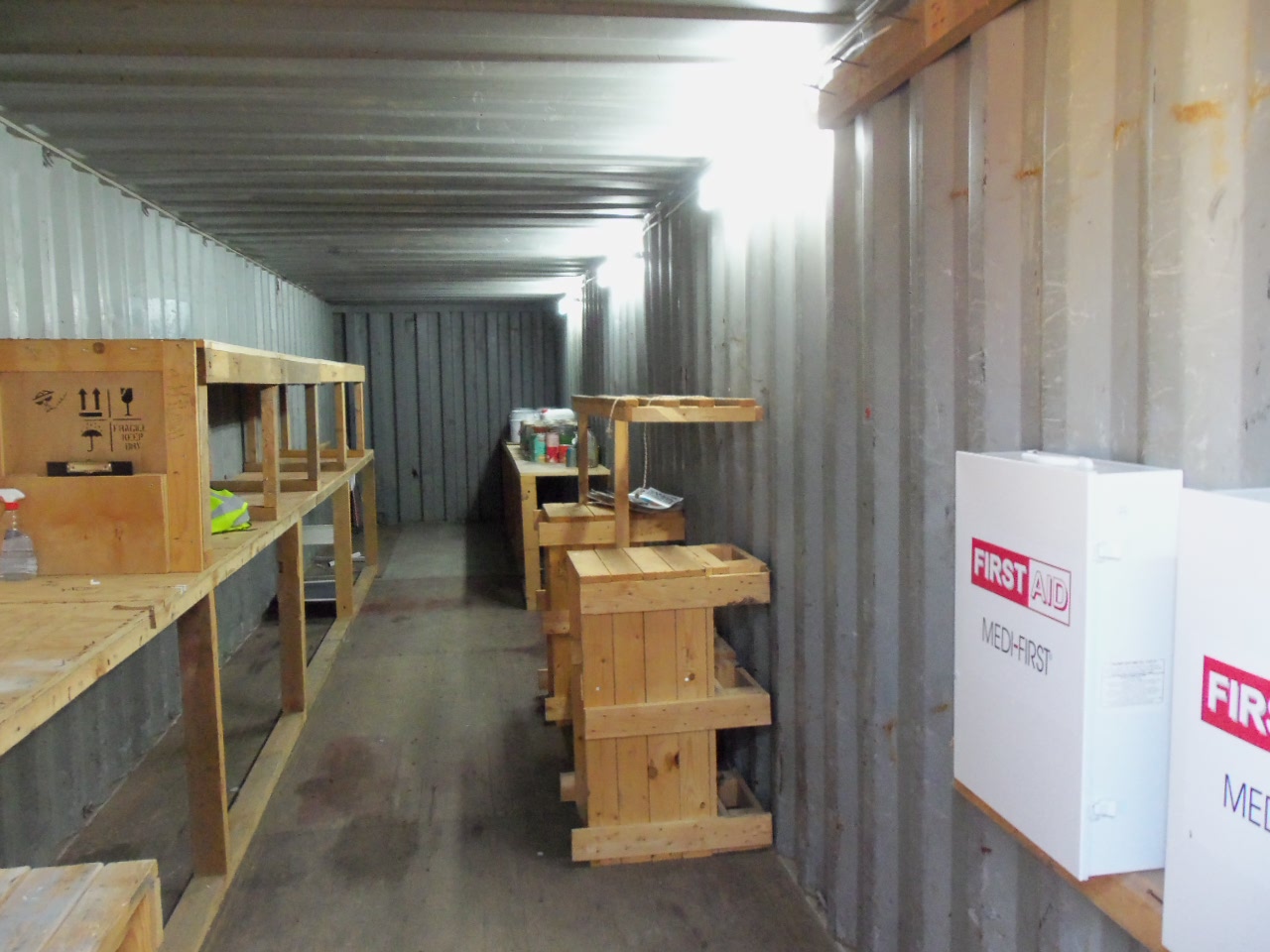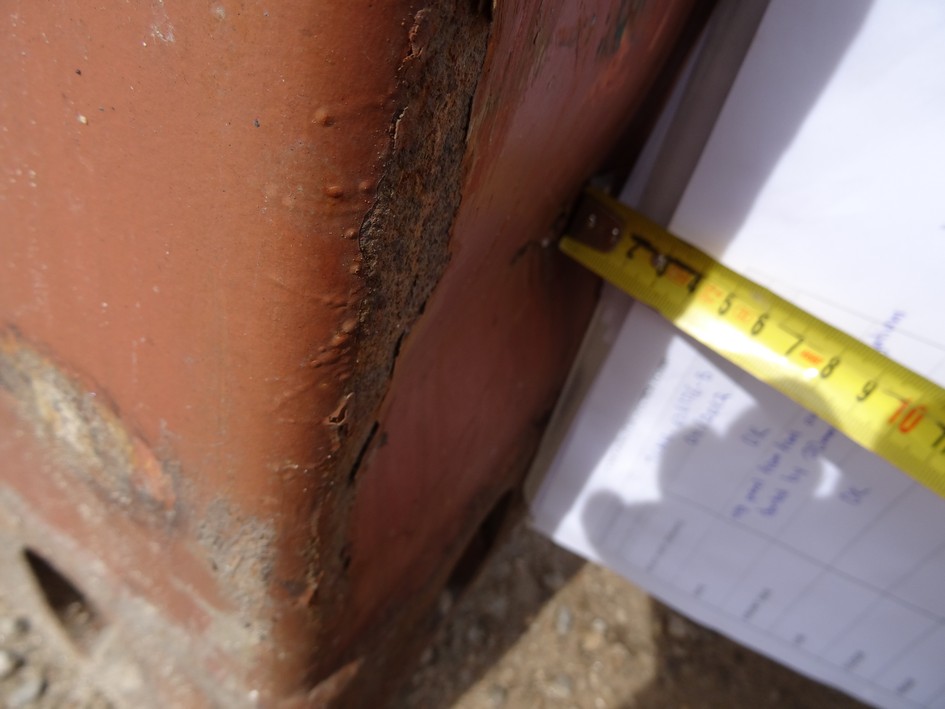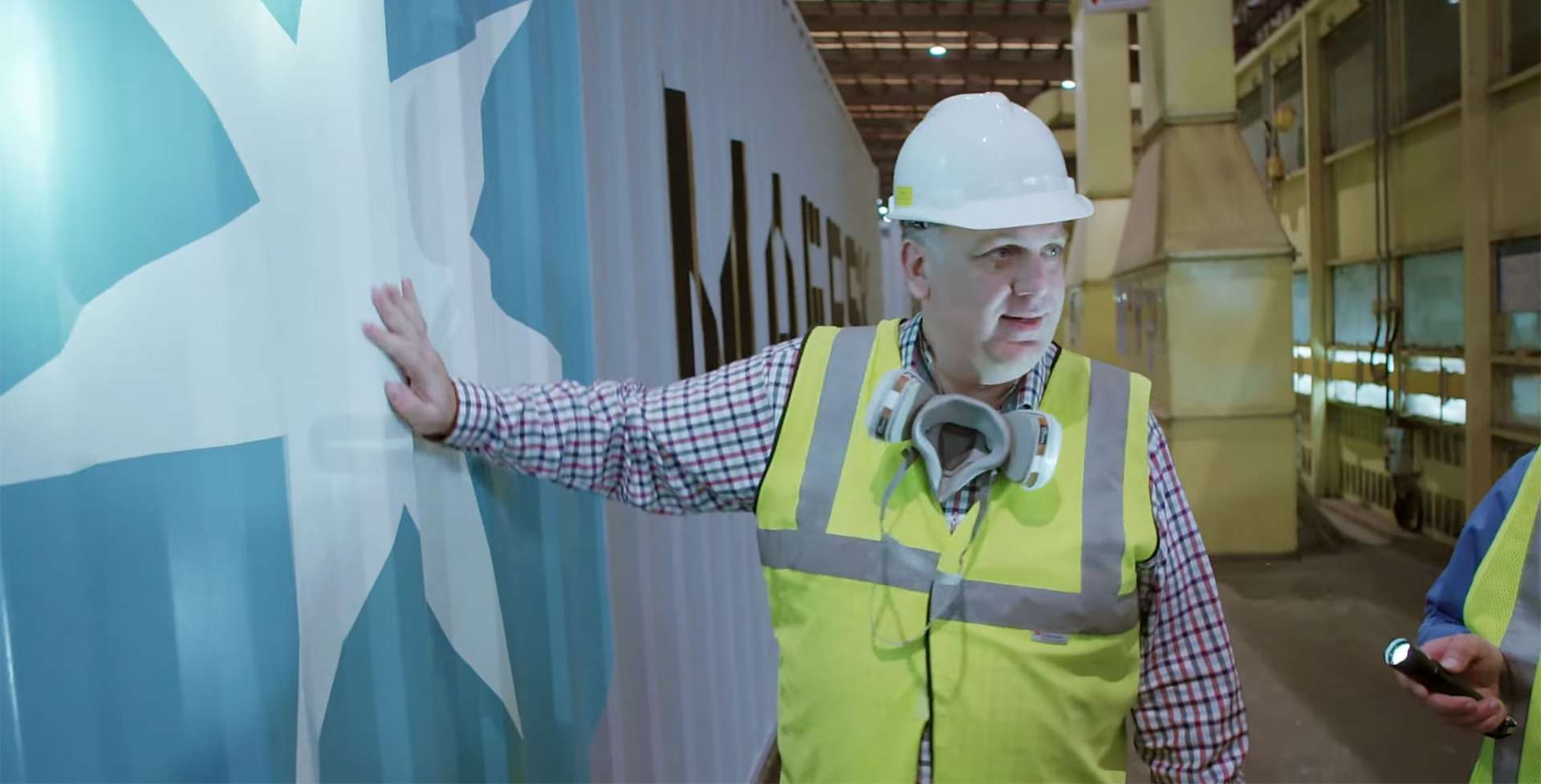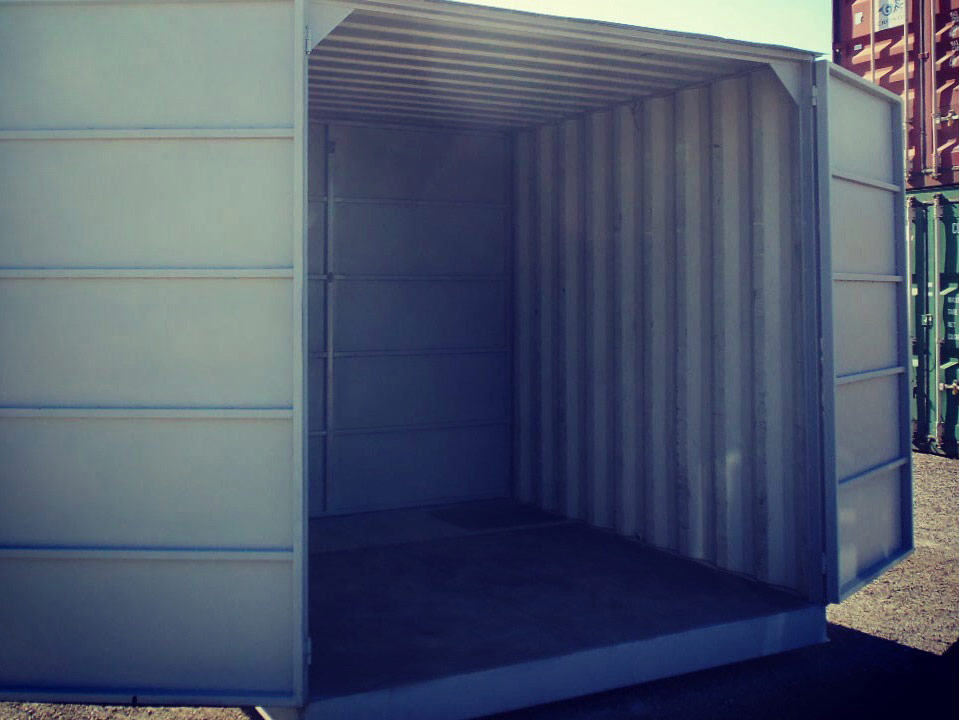The “2016 COA Report on Availability of Waterborne Paints for the Container Industry” confirms that a firm timetable is now in place for the changeover. The changeover for factories located in South China will take place from 1 July 2016. Factories in the rest of China from 1 April 2017 unless major problems are encountered by the manufacturers in South China.
This switch results from an initiative by CCIA in response to new environmental regulations in China to reduce VOC emissions, with the threat of tough penalties being applied to both the container manufacturer and the paint supplier if any containers are painted using solvent borne paints after these dates.
The China Container Industry Association is an association of the four main container manufacturers (CIMC, Singamas, CXIC and Dong Fang International). Under the CCIA’s “VOCs Governance Self-Discipline Convention”, these manufacturers have voluntarily agreed with Chinese central and regional government to switch to the use of waterborne paint for container production.
As partners in the Convention, the paint suppliers Hempel, COSCO Kansai, Chugoku Marine Paints, KCC, Valspar, Dowill, Jointas, Baojun and Mega have agreed to support the container manufacturers to achieve this objective.
Some 95 percent of the world’s container production takes place in China and the industry is a substantial contributor to the high level of air pollution – so joint action was necessary to tackle the problem. Recognising that the cost of manufacturing containers using waterborne paint is higher than solvent based paint and that container buyers would suffer a price penalty by nominating waterborne paint, the CCIA’s members agreed that the only way to achieve “fair competition” would be to “commit together and act together”. Hence, the decision for all CCIA members to agree to switch to the exclusive use of waterborne paint in all factories on specific dates.
Expert opinion suggests that factories will have to improve air circulation, increase air exchange, add heat and add several stations to the production line to ensure good application of waterborne paint. Excluding any one of these will add to the risk of problems being encountered. The manufacturing conditions required for the successful application of waterborne paint favour modern, high volume container factories in South or Central China. Some of the older, smaller factories may have difficulty extending and modifying the production line and could have to close.
There are two factories that have already made the full conversion to the use of waterborne. The first, a few years ago, was CIMC Dalian in response to local environmental pressures. However, demand for new containers in Dalian is limited so it is now only building containers on an occasional basis. More significantly, Maersk Container Industry (MCI) – which is not a member of the CCIA – has been the pioneer of the use of waterborne coatings on containers in China, having converted its dry box factory in Dongguan to the use of waterborne paint at the end of 2013. MCI has only used waterborne products since then – last year it built 166,000TEU. The company reported some production problems following the change, but advised that these were quickly overcome and within two months, the line speed using water borne paint was the same as they achieved using solvent.
According to Nigel Stribley, Moderator of the COA’s Alternative Materials Committee and author of the COA Report, “Container buyers risk production problems when the factories first switch to waterborne paint but everyone in the container industry has to play their part in reducing the air pollution in China. The benefit of the CCIA’s action is that the risk is the same for all buyers and it is difficult to see how anyone can secure a competitive advantage from the switch.”
He continues: “Waterborne paint will initially be more expensive than solvent borne and the application and drying of the paint on the containers will add cost so it is anticipated that the price of containers will rise but the exact premium is difficult to forecast as it will depend upon commercial considerations as well.







